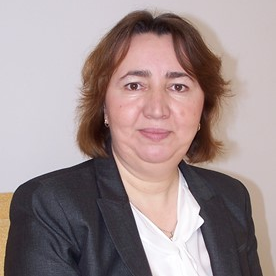Metal Complexes as Potential Antimicrobial and Antiproliferative Agents
A special issue of Molecules (ISSN 1420-3049). This special issue belongs to the section "Inorganic Chemistry".
Deadline for manuscript submissions: 31 July 2024 | Viewed by 11444
Special Issue Editor
Interests: complexes with heterocyclic derivatives; antimicrobial and antitumor activity of of coordination compounds; complexes with enzyme-like activity
Special Issue Information
Dear Colleagues,
In recent decades, a large number of coordination compounds with antimicrobial and/or antitumor activity have been published. The huge interest in developing such species comes from the increased resistance of germs/tumor cells as well as from the ability of pathogenic microorganisms to develop biofilms on prosthetic materials or natural tissues. The synthesis strategies are oriented toward the use of transition metal ions, which are involved in different biological processes and polydentate ligands, either synthetic or natural, sometimes with proven antimicrobial activity. The purpose of this Special Issue is to join the effort to find new species with improved biological activity and low toxicity.
Prof. Dr. Mihaela Badea
Guest Editor
Manuscript Submission Information
Manuscripts should be submitted online at www.mdpi.com by registering and logging in to this website. Once you are registered, click here to go to the submission form. Manuscripts can be submitted until the deadline. All submissions that pass pre-check are peer-reviewed. Accepted papers will be published continuously in the journal (as soon as accepted) and will be listed together on the special issue website. Research articles, review articles as well as short communications are invited. For planned papers, a title and short abstract (about 100 words) can be sent to the Editorial Office for announcement on this website.
Submitted manuscripts should not have been published previously, nor be under consideration for publication elsewhere (except conference proceedings papers). All manuscripts are thoroughly refereed through a single-blind peer-review process. A guide for authors and other relevant information for submission of manuscripts is available on the Instructions for Authors page. Molecules is an international peer-reviewed open access semimonthly journal published by MDPI.
Please visit the Instructions for Authors page before submitting a manuscript. The Article Processing Charge (APC) for publication in this open access journal is 2700 CHF (Swiss Francs). Submitted papers should be well formatted and use good English. Authors may use MDPI's English editing service prior to publication or during author revisions.
Keywords
- metal complexes
- antimicrobial activity
- antiproliferative activity
- cytotoxicity
- biofilm






